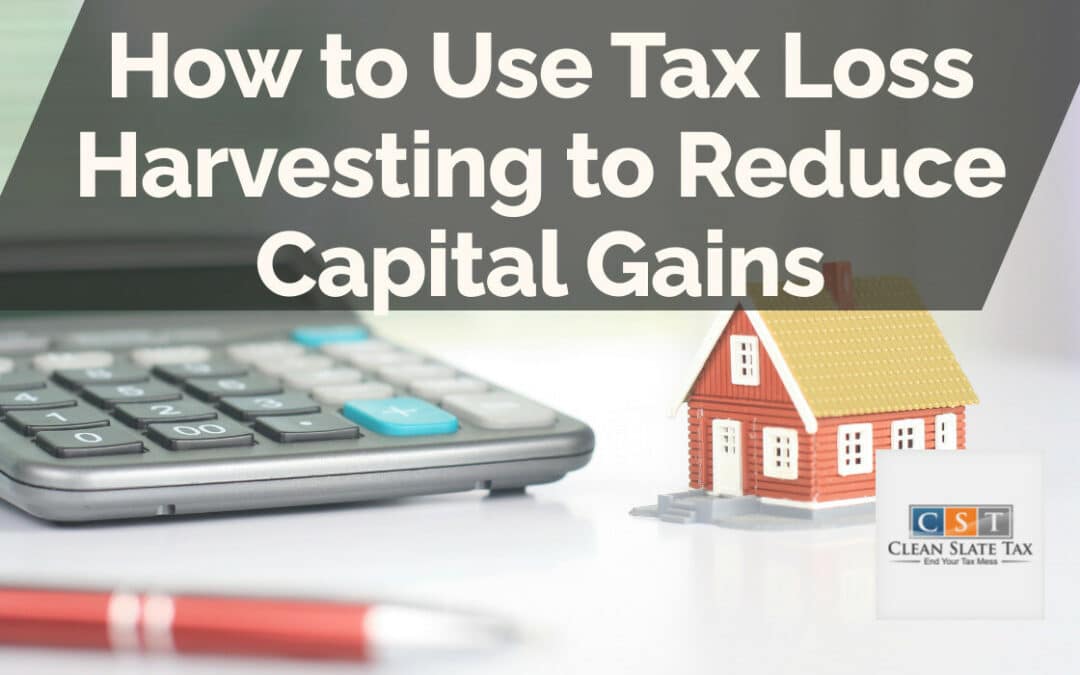Understanding tax laws can feel like an insurmountable task. However, there are various strategies that savvy investors use to minimize their tax liability. One such strategy is tax loss harvesting. While it may sound complicated, the basic idea is simple: by selling investments that have dropped in value, you can offset capital gains on other investments and lower your taxable income for the year. This article delves into tax loss harvesting and provides a guide on how to use it to your advantage to reduce capital gains.
What is Tax Loss Harvesting?
Tax loss harvesting is a strategy that some investors use to reduce their overall tax liability. If you sell an investment at a loss, you can use that loss to offset any capital gains you might have from other investments. If your losses are more significant than your gains, you can use up to $3,000 of those losses per year to offset other taxable income. Any remaining losses can be carried forward into future tax years indefinitely.
How Does Tax Loss Harvesting Work?
Let’s say you’ve invested in two stocks. Stock A has gained value, while Stock B has lost value. When you sell Stock A, you’ll likely have to pay capital gains tax on the profit. But, if you also sell Stock B, you can offset the gain from Stock A with the loss from Stock B. As a result, you could end up owing less tax on the profit from Stock A.
Steps to Implement Tax Loss Harvesting
-
Identify which investments in your portfolio have declined in value.
-
Sell those investments to realize a capital loss.
-
Use that capital loss to offset any capital gains you have realized in the same year.
-
If your losses exceed your gains, you can use up to $3,000 of the remaining losses to offset other taxable income.
-
Carry forward any remaining losses to offset gains in future tax years.
Frequently Asked Questions
1. What type of investors can benefit from tax loss harvesting?
All types of investors can potentially benefit from this strategy. However, it is especially beneficial for those in higher tax brackets.
2. Are there any drawbacks to tax loss harvesting?
Yes, there can be drawbacks. For instance, if you sell a security at a loss, you’ll miss out if it bounces back. Also, there’s a rule called the “wash-sale rule” that prevents you from claiming a loss if you buy a “substantially identical” security within 30 days before or after the sale.
3. Is it advisable to implement tax loss harvesting without the help of a professional?
While it is possible to implement this strategy on your own, it can be complex and risky without a thorough understanding of tax laws and investment strategies, so it is advisable to consult with a financial advisor or tax professional.
When properly used, tax loss harvesting can be a valuable tool in an investor’s kit. By understanding how it works and properly implementing it, you can potentially save thousands of dollars in taxes over time. However, it’s always wise to consult a tax professional before implementing this or any tax strategy to ensure it’s the most beneficial approach for your individual circumstances.





